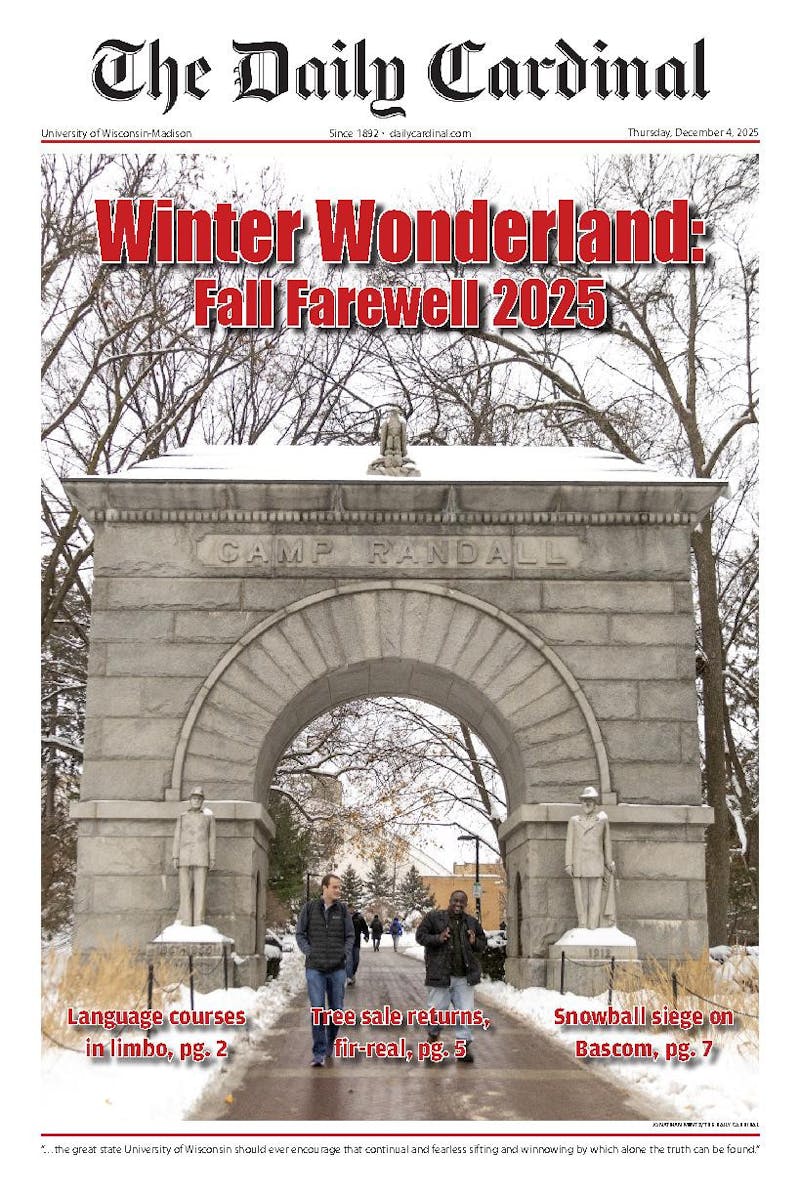Earlier this year, the Project for Excellence in Journalism introduced its first annual report on the state of journalism, titled \The State Of The News Media 2004."" This project was funded by Pew Charitable Trusts and sponsored by the Columbia School of Journalism.
Their findings were disturbing.?? According to the authors of the study, ""Journalists believe they are working in the public interest, and are trying to be fair and independent in that cause. The public thinks these journalists are either lying or deluding themselves.""
The 500-page report examined seven distinct types of media: newspapers, Web sites, network TV, cable TV, local TV, radio and alternative.?? Essentially, all of these sectors are losing audience except for online and radio.
The report identified a number of important trends that are affecting the media world.??A competitive journalism environment is driving newsrooms to curb expenses by cutting their staff sizes.??This pressures current journalists to write more articles on tighter deadlines. As a result, the quality of the news steadily declines and continues to fuel the newspaper's loss of subscribers.
Another part of the report stated that ""faced with declining audiences, many major news institutions have changed their product in a way that costs less to produce while still attracting an audience."" This is causing a convergence of news, editorial content and entertainment.
A large percentage of news content is canned public relations material. News segments touting the latest breakthrough, coolest health fad or newest technology, are often pre-prepared material by advertising firms.??Most people do not realize the wide influence of public relations on the news industry.
Rupert Murdoch has also influenced the entire media world by trying to give his content a competitive advantage. This has involved sensationalist interpretations, short glitzy segments and biased news shows under the guise of ""fair and balanced.""
His aim with Fox News, The New York Post and all his newspapers and radio stations is to provide the public with what they want.??And while Fox News became the highest-rated news station in America, it has also experienced near-universal condemnation by the established media elite.
Broadly speaking, news is becoming more fragmented with a number of different people with varying agendas.??As a result, people are increasingly turning to a journalism of affirmation. This is the tendency for citizens to mainly read sources that reinforce their preconceived notion of the world.?? And this may also be a factor in the highly polarized and partisan atmosphere in America.
Partisan journalism can easily be detected by what I consider the ""predictability factor.""??What is the probability that one knows the stance of a columnist before even completing the column? A Web site that studies partisanship, http://www.Lyinginponds.com, ranked Ann Coulter, Paul Krugman and Robert Scheer as the most partisan opinion columnists.
So what, in fact, would an ideal publication look like'According to PEJ, the key is for journalism to stay true to its core standard: ""To provide citizens with the information they need to navigate the society.""
The first key element would be for the publication to strive to be completely independent, objective, unbiased and unpartisan.??Also, opinion pieces should aim to rely on good research, objective sources and informed views.??This is why the best content often comes from think tanks such as Hoover, Brookings, Hudson or Cato.
Another essential element would be for the publication to be dedicated to the marketplace of ideas.??An informed opinion should not be censored or deemed inappropriate before readers are given a chance to evaluate that idea.
This may be why Web logs (blogs) are revolutionizing the relationship between readers and journalists.??Popular blogs often have a section with hundreds of people constantly evaluating the writer's ideas. The blog medium frees the writer from restrictive editorial policies controlling their content.
The best newspapers invite a similar environment.?? MSNBC.com has a huge section dedicated to a number of uncensored in-house web logs.??The Wall Street Journal's http://www.opinionjournal.com has a blog-like ""Best of the Web Today"" section. Salon Magazine has a prominent blog-related part on its Web site.
Critical self-evaluation is paramount to a publication's success.?? Blogs are continuously evaluating the work of the established media.?? The New York Times has a public editor, Daniel Okrent, to address the reader's complaints about their publication. The PEJ is critically examining the state of journalism.??This is why blogs, reader feedback and projects such as the PEJ are essential for the future success of journalism.
Nitin Julka is a senior majoring in computer science and psychology.





